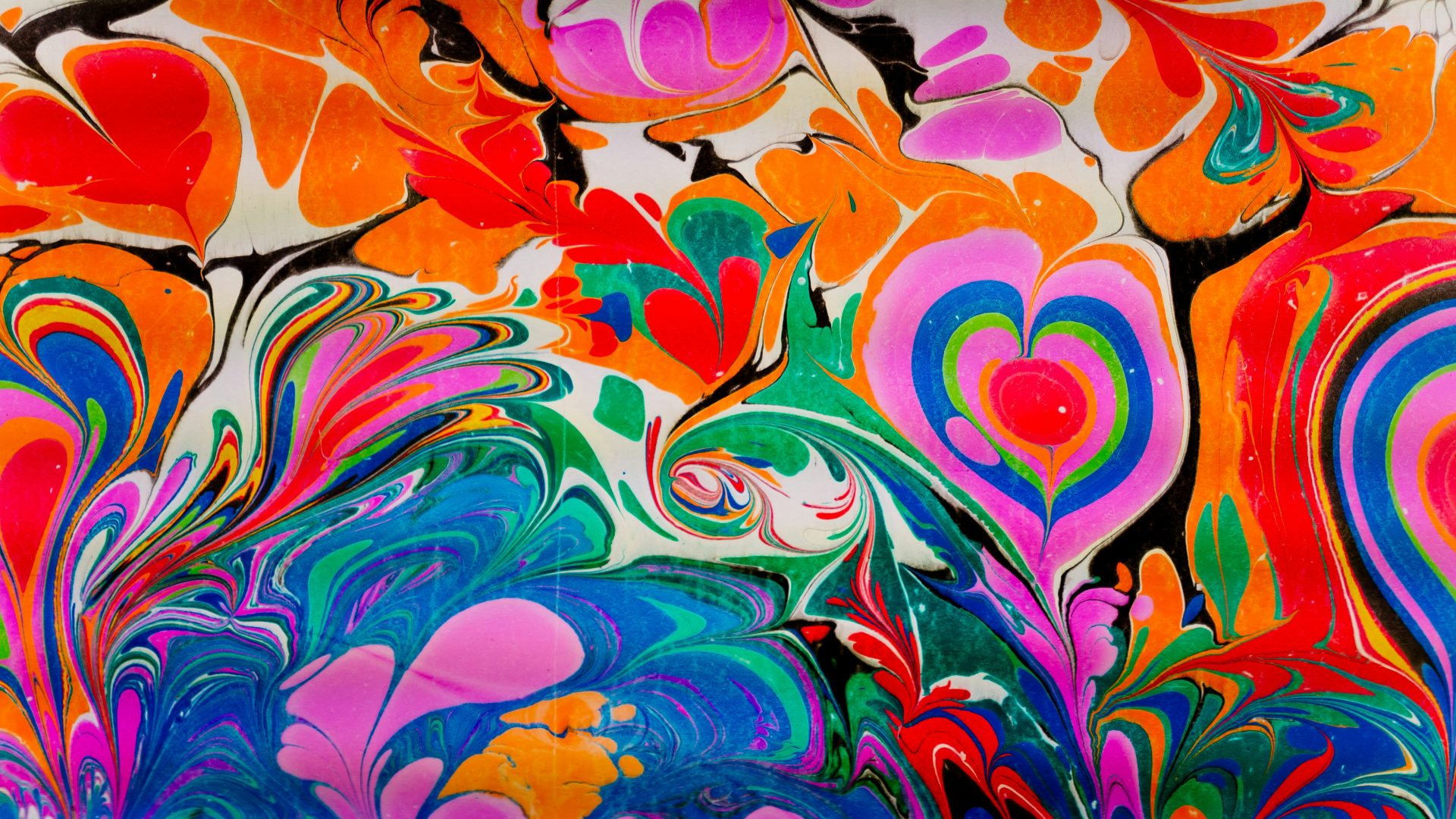Symbols and Secrets: Unveiling their Deeper Significance

Before diving in, please note: This post is for informational purposes only. If you’d like to know more about how we approach topics, feel free to check out our friendly Disclaimer Page.
Hey there, amazing readers! 🖐️ Just a quick note: yes, we know there are a lot of ads here. Trust us, we get it—it’s not the prettiest look, but they help us keep this blog alive and kicking. Those pesky little ads cover the costs of all the behind-the-scenes magic, from hosting and tech stuff to creating content we hope you’ll love.
We’re committed to delivering quality posts, and your support (even just sticking around despite the ads) means everything to us. So, bear with us, and thanks for helping us keep the good vibes rolling. Now, on to the fun stuff! 😉
TRANSLATE BUTTON AT THE END OF THE ARTICLE
Symbols and Secrets: Unveiling their Deeper Significance
Overview
Symbols have been a part of human culture for centuries, serving as powerful tools to convey complex ideas, emotions, and beliefs.
They transcend language barriers and communicate on a deeper level, allowing us to tap into shared meanings and understandings.
In this article, we will explore the rich history and multifaceted significance of symbols, from their ancient origins to their modern-day applications.
Through this exploration, we will gain a deeper understanding of how symbols shape our world and the profound impact they have on various aspects of human society.
Introduction to Symbols and Their Powerful Meanings
Symbols are visual representations that carry meanings beyond their literal interpretation.
They can take the form of images, signs, gestures, or even words.
What makes symbols unique is their ability to convey complex ideas, concepts, and emotions in a concise and universal way.
They serve as a common language, allowing individuals from different cultures and backgrounds to connect and understand each other.
Symbols possess an inherent power to evoke deep emotions, provoke thoughts, and stimulate imagination.
From the simplicity of a smiley face to the intricacy of religious icons, symbols hold a profound significance in our daily lives.
The Historical Importance of Symbols in Human Culture
Symbols have played a vital role in human culture throughout history.
Ancient civilizations used symbols to communicate religious beliefs, convey social hierarchy, and mark important events.
The Egyptian hieroglyphs, for example, were a complex system of symbols that represented words and sounds.
These symbols were not just decorative elements but held immense cultural and religious significance.
Similarly, in ancient China, characters from the Chinese script represented not only words but also concepts and ideas.
Symbols have acted as a means of preserving history, passing on cultural knowledge, and creating a sense of collective identity.
Unraveling the Hidden Meanings Behind Common Symbols
Many symbols that we encounter in our daily lives hold hidden meanings that we may not be aware of.
For instance, the peace symbol, consisting of a circle with an inverted "V" shape, originated in the 1950s as a symbol of nuclear disarmament.
It has since become associated with peace and nonviolence worldwide.
The yin and yang symbol, originating from Chinese philosophy, represents the balance of opposite forces in the universe.
By understanding the hidden meanings behind common symbols, we can deepen our understanding of the world around us and the messages that are conveyed through visual representations.
The Power of Symbols in Religion and Spirituality
Religion and spirituality often rely heavily on the use of symbols to express complex ideas and beliefs.
The cross, a central symbol in Christianity, represents sacrifice, redemption, and faith.
In Hinduism, the "Om" symbol embodies the divine essence and is considered the sound of the universe.
Symbols not only serve as visual representations but also act as a focal point for meditation, prayer, and devotion.
They provide a tangible connection to the intangible and offer individuals a way to express and explore their spiritual beliefs.
Symbols in Art: Expressing Complex Concepts and Emotions
Artists have long utilized symbols as a means of expression, allowing them to convey complex concepts and evoke emotions in their audience.
Symbolism, an artistic movement that emerged in the late 19th century, sought to move away from the realistic representation of objects and focus on the underlying meanings and emotions associated with them.
Artists such as Gustav Klimt and Salvador Dali incorporated symbols into their works to explore themes of love, death, and the subconscious.
By deciphering the symbols in art, viewers can delve deeper into the artist’s intended message and gain a more profound appreciation for the work.
Secrets of Ancient Symbols: Uncovering Lost Wisdom
Throughout history, various ancient civilizations have left behind symbols that hold deep wisdom and knowledge.
Explore the Path to Spirituality and Enlightenment – Start Here.
Understand the Powerful Law of Karma and Its Impact – Explore Here!
These symbols often carry hidden meanings that can unlock secrets of the past.
The Mayan civilization, for example, used a system of hieroglyphs that represented words, ideas, and even mathematical concepts.
Decoding these symbols has allowed archaeologists and historians to understand the Mayan calendar, religious beliefs, and societal structures.
By unraveling the secrets of ancient symbols, we gain valuable insights into the wisdom and intelligence of our ancestors.
Decoding the Symbols: Understanding Their Universal Language
Symbols possess a universal language that transcends cultural boundaries.
For instance, a red traffic light is universally understood as a sign to stop, regardless of one’s native language.
This ability to convey meaning without reliance on verbal communication makes symbols a powerful tool in fostering global understanding and cooperation.
Additionally, symbols often tap into shared archetypes, such as the heart symbol representing love or the dove as a symbol of peace.
By understanding the universal language of symbols, we can bridge cultural gaps and create a more interconnected world.
Symbols in Literature: Unlocking Subtext and Allegory
In literature, symbols are often used to convey deeper meanings, subtext, and allegory.
Writers utilize symbols to add layers of complexity to their works and engage readers in a deeper exploration of the text.
For example, in George Orwell’s novel "1984," the symbol of Big Brother represents totalitarian control and surveillance.
Through the careful analysis and interpretation of symbols in literature, readers can uncover hidden messages, themes, and societal critiques.
Symbols in literature provide a rich tapestry of meaning and offer readers a chance to engage with profound ideas on multiple levels.
The Influence of Symbols in Advertising and Branding
Symbols play a significant role in advertising and branding, as they can effectively communicate messages and establish brand recognition.
Logos, such as the bitten apple of Apple Inc. or the swoosh of Nike, are instantly recognizable symbols that evoke emotions and associations with their respective brands.
Advertisers strategically use symbols to convey a brand’s values, aspirations, and promises.
Whether it’s the golden arches of McDonald’s or the iconic Coca-Cola script, symbols in advertising have the power to create strong emotional connections and shape consumer behavior.
The Future of Symbols: Evolving Meanings in a Changing World
As society evolves, so do the meanings and interpretations of symbols.
Symbols that were once universally understood may lose their significance or take on new connotations.
For example, the raised fist symbol, historically associated with political activism and solidarity, has become a symbol of resistance and protest in recent times.
The rapid spread of digital communication has also given rise to new symbols and emojis that convey emotions and ideas in a compact form.
As our world continues to change, symbols will continue to evolve, reflecting the shifting cultural, social, and technological landscape.
Conclusion
Symbols hold a profound significance in human culture, bridging gaps between languages, cultures, and generations.
They communicate complex ideas, convey hidden meanings, and evoke deep emotions.
From ancient civilizations to modern-day advertisements, symbols have shaped our world and influenced various aspects of human society.
By delving into the history, meanings, and applications of symbols, we gain a deeper understanding of our shared human experience and the power of visual communication.
So, next time you encounter a symbol, take a moment to unravel its deeper significance and appreciate the richness it adds to our lives.

The Enlightenment Journey is a remarkable collection of writings authored by a distinguished group of experts in the fields of spirituality, new age, and esoteric knowledge.
This anthology features a diverse assembly of well-experienced authors who bring their profound insights and credible perspectives to the forefront.
Understand the Powerful Law of Karma and Its Impact – Explore Here!
Each contributor possesses a wealth of knowledge and wisdom, making them authorities in their respective domains.
Together, they offer readers a transformative journey into the realms of spiritual growth, self-discovery, and esoteric enlightenment.
The Enlightenment Journey is a testament to the collective expertise of these luminaries, providing readers with a rich tapestry of ideas and information to illuminate their spiritual path.
Our Diverse Expertise 🌟
While our primary focus is on spirituality and esotericism, we are equally passionate about exploring a wide range of other topics and niches 🌍📚. Our experienced team is dedicated to delivering high-quality, informative content across various subjects ✨.
To ensure we provide the most accurate and valuable insights, we collaborate with trusted experts in their respective domains 🧑🏫👩🏫. This allows us to offer well-rounded perspectives and knowledge to our readers.
Our blog originally focused on spirituality and metaphysics, but we’ve since expanded to cover a wide range of niches. Don’t worry—we continue to publish a lot of articles on spirituality! Frequently visit our blog to explore our diverse content and stay tuned for more insightful reads.










